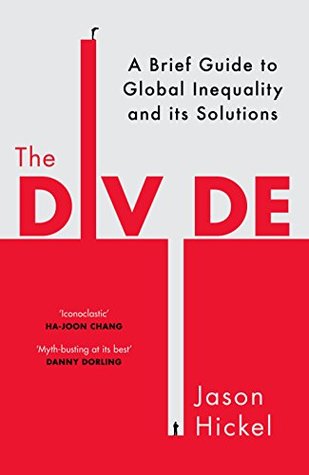In most undergraduate economics courses, students are taught that the differences between the economies of poor and rich countries can be explained by the laws of comparative advantage and supply and demand. The standard theory holds that prices and wages are set automatically by the market depending on each country’s factors of production. Poor countries have a natural abundance of labour, so their wages are low and therefore their comparative advantage lies in labour-intensive production (first mining and agriculture and later also light manufacturing). Rich countries have a natural
In most undergraduate economics courses, students are taught that the differences between the economies of poor and rich countries can be explained by the laws of comparative advantage and supply and demand. The standard theory holds that prices and wages are set automatically by the market depending on each country’s factors of production. Poor countries have a natural abundance of labour, so their wages are low and therefore their comparative advantage lies in labour-intensive production (first mining and agriculture and later also light manufacturing). Rich countries have a natural abundance of capital, so their wages will be higher and they will specialise in capital-intensive production of higher-order commodities. In orthodox economic theory, this is regarded as the natural order of things. But as soon as we bring history back into the picture, this theory starts to fall apart. Why do poor countries have a comparative abundance of labour in the first place? Because of hundreds of years of colonial rule, under which subsistence economies were destroyed and millions of people were displaced and forced into the labour market, driving unemployment up and wages down. The fact that slavery was used up through the 19th century further contributed to downward pressure on wages, as workers had to compete with free labour. And why do poor countries have a comparative deficit of capital in the first place? Partly because they were plundered of precious metals, and partly becaus...
...more
This highlight has been truncated due to consecutive passage length restrictions.


